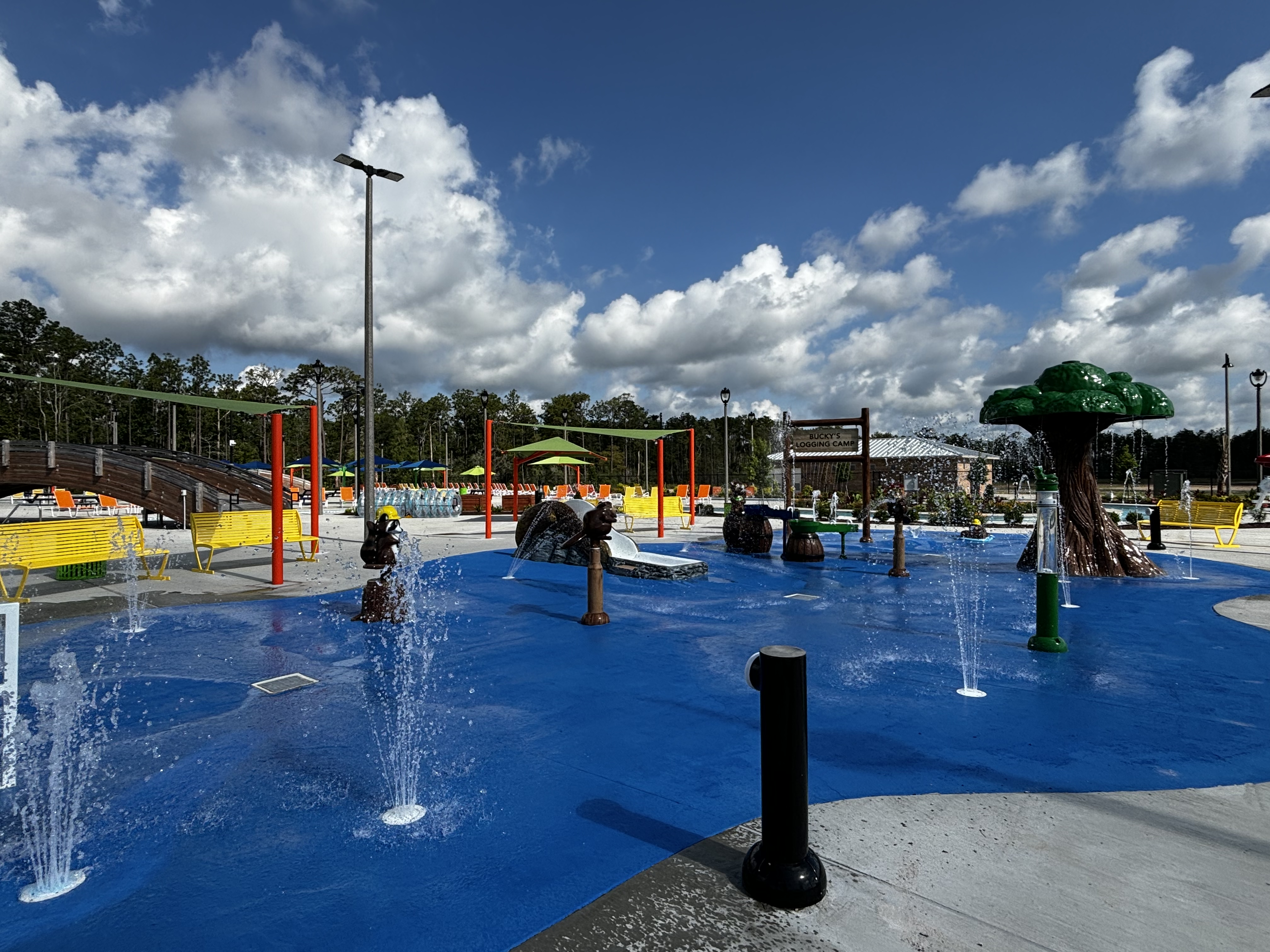Happy Earth Day
Published 7:33 pm Sunday, April 22, 2018
Shown here is a New Orleans residence by Concordia, Padia Consulting and Core Construction from the Concordia’s website. It achieved the LEED Gold Standard. Rainwater is harvested from the roof and used in toilets and for irrigating the landscape. The roof of the residence is sloped 30 degrees to the south to maximize the efficiency of the solar panels. Five 300-foot deep geothermal wells help heat and cool the house by pumping heat to and from the ground. Deep overhangs and light shelves provide shade over the windows to keep the house cool, reducing the amount of air conditioning.
Source: Concordia website
Happy Earth Day. Today, April 22, is the date established by 1970s environmental movement pioneers to raise public awareness of the world’s reliance on fossil fuels and the effect of water and air pollution on health. Attendance of the first environmental “teach-ins,” helped the movement gain traction under the leadership of U.S. Sen. Gaylord Nelson, Wisconsin, according to the www.thoughtco.com article, Who Invented Earth Day? In the 1990s, Earth Day gained international recognition.
The focus on making the planet’s inhabitants conscious of the need to be good stewards of resources has resulted in many worldwide initiatives. One of these is building green.
In April 1993, the United States Green Building Council was established to promote sustainability in the building and construction industry, according to the group’s website. Architects, builders, environmentalists, corporations, nonprofits, concerned citizens, teachers and students make up today’s USGBC organization. This group helped establish LEED.
“LEED is an acronym that stands for Leadership in Energy and Environmental Design,” explained Charla Blake. “It is a standards system for environmental building – both for architecture and for those who practice, design, and/or build. A building has credits or points awarded based on the use of its environmental, sustainable or green criteria. Use is rated as Certified, Silver, Gold or Platinum.”
Blake has a degree in, and has taught, architecture. She is currently the Executive Director of Project Build a Future, Lake Charles.
The practice of building green expands and complements the classical building design concerns of economy, utility, durability, and comfort, according to the epa. gove website.
“Green and sustainable are often used interchangeably, although some might contest the point,” said Blake. “Green building is creating environmentally responsible structures – all the way from the construction cycle through to the occupant/user. It can include things such as site orientation of the building to the sun or wind, using passive energy sources, less waste at a construction or demo site, salvaging materials for future use or designing a home with an eye on efficient water use and healthy indoor air quality.”
One of the terms Blake brought up during the interview is outgassing, which refers to the release of gases during the aging and degradation of a materials. Volatile organic compounds could impact health. Synthetic carpet, paints and adhesives are just a few of the materials that produce outgassing.
Low and no-VOC paints and other materials are now being offered to satisfy a growing demand for such products.
“While some of the philosophy is new,” Blake said, “a lot of it is old in practice and thought.”
She pointed to the older homes on Broad Street, situated with windows, doors and rooms designed to take into account north winds and the east/west path of the sun. The ratio of the size of the house to the lot is a better ratio than some of the houses built today. Houses are raised above the ground so that air can circulate under them, thereby cooling the floors in the hot/humid summer months here. Material choices were made due to what was local and abundant. making them less expensive.
“Windows, doors, hallways and galleys are aligned to benefit from the air flow,” Blake said. “Operable transoms allowed heat to rise in a space and then be pulled out by an attic fan. Porches helped to keep the sun from directly hitting the front of the house and heating it up. Trees and shrubs might be used as a visual, sun or wind barrier.”






